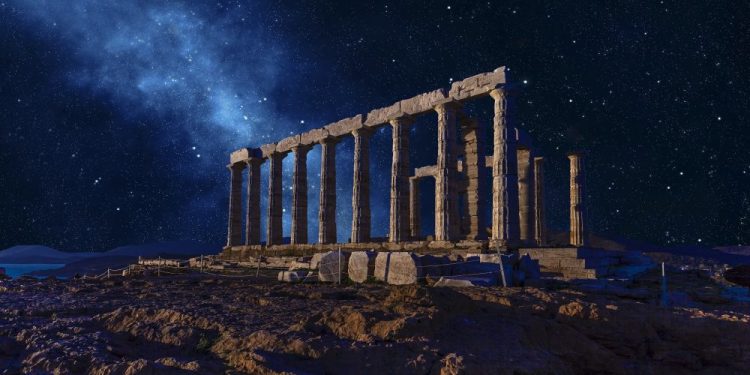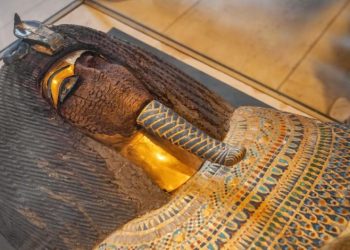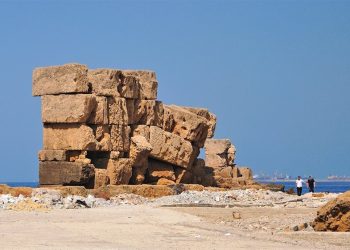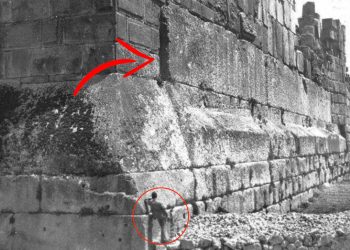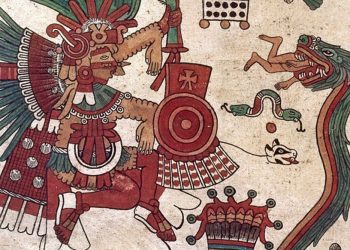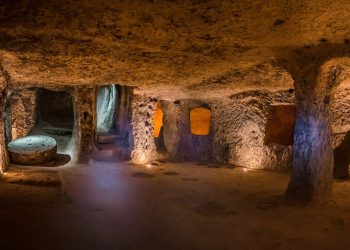Were ancient Greek temples built entirely randomly? Do these ancient structures hide secrets embedded in stone? And is there something more to them?
According to several theories, ancient temples were not built randomly. Their locations may reflect the movements of celestial bodies, such as the Sun and planets, in relation to the Earth’s surface, and their connection to the cosmos may very well be much more extensive.
For history lovers, Greece is heaven on Earth. Ancient Greek temples are some of the structures a person should definitely visit once in a lifetime. That’s why each year, millions of tourists travel to Greece to see with their own eyes some of the most astounding structures built by ancient civilizations.
People are left awestruck by the dazzling columns, the intricately detailed friezes, and well-preserved statues.
However, tourists may be entirely unaware that the location where the temples were built is a treasure of its own. It’s almost as if everything is connected, as above so below.
The temple of Poseidon in Sounion forms an isosceles triangle with that of Hephaestion in Athens and the temple of Aphaia in Aegina. That of Apollo in Delphi, that of Aphaia in Aegina and the Parthenon, form perfect isosceles triangles as well.
The idea that ancient temples–not only those of Greece–reflect cosmic bodies is not a new one, and neither is the idea of a triangulation of the Greek world.
Many authors have theorized about whether or not specific locations of temples reflect celestial bodies. Did ancient civilizations really mimic celestial bodies by placing monuments on specific locations on Earth?
What if Greek temples were really built to align with specific celestial bodies? If so, what was their purpose?
The truth is that there is no clear consensus on whether ancient temples and monuments reflect astronomical bodies or not.
The debate goes back to the beginning of the second half of the last century.
Nonetheless, the relationship between the position of certain monuments and temples and cosmic bodies is not new, but rather part of a sacred relationship between religious architecture, astronomy, and mythology.
Jean Richer, a professor of French literature at the University of Nice and author of “The sacred geography of the Greek world,” described such a relationship as “the great design” that not only unites sacred places with the population but also with the heavens.
Professor Richer, who had a special interest in symbolism, esoteric doctrines, and mythology, imagined a Greece divided into 12 sectors, which reflected the 12 signs of the zodiac, where the sanctuary of Delphi “the navel” of the Greek continent.
Although such connections may exist, theories of “sacred geometry” such as Richer’s have never enjoyed much fame within scientific orthodoxy.
For example, Efrosyni Boutsikas, an archaeologist at the University of Kent in England, argues that if we are talking about creating precise geometric shapes such as an isosceles triangle, we need precision to the millimeter. The researcher explains that these temples are several meters away, so you can take those that give you a more accurate isosceles triangle, but that does not mean that the geometric shape had a hidden meaning for the ancient Greeks.
Despite the skepticism, new studies of the structures and their locations may prove a reason to believe.
George Pantazis and Evangelia Lambrou, associate professors of the National Technical University of Athens, have used geodesy techniques to determine the orientation of Greek temples and whether or not there is a connection between them and astronomy.
To find out, the scientific duo studied the Parthenon and the Hephaestion, two of the largest structures built during the classical era, both dedicated (even in part) to the goddess Athena.
Surprisingly, they discovered an extraordinarily symmetrical positioning between the temples and, in addition, the researchers discovered that both of them face towards the East.
The astronomical orientation of temples is connected to the sunrise on the celebration day of the god to whom the sacred site is dedicated to.
Pantazis and Lambrou discovered that sunrise must occur exactly on the central axis of the temple to illuminate the central statue of the worshipped god.
However, there is more evidence to support the idea that certain temples and monuments were essentially connected to the stars.
Another study carried out by professor Alun Salt from the University of Leicester suggests that Greek temples were built to align with the stars, although on a smaller scale than Richer had imagined.
Research indicates that the predominant east-west alignment cannot be explained as a mere coincidence and that it probably follows a religious convention based on astronomy.
The only exception of the 40 temples studied is the Temple of Hecate, which was most likely built in honor of the goddess of the Moon.
To answer why such temples were built in connection with the stars, we could look at mythology or religion. Certain temples built in accordance with astronomical phenomena could have highlighted the role of the gods or helped interpret celestial omens in ancient times.
However, this is just one of the many possibilities.
Nonetheless, it is important to note that such a connection between temples and the stars is not unique to Greece. In fact, many other monuments are believed to have been erected in the distant past to mimic the night sky.
Take the positioning of the three pyramids at Giza as one example. The three pyramids are supposedly built to mimic the three main stars of Orion’s belt.
Join the discussion and participate in awesome giveaways in our mobile Telegram group. Join Curiosmos on Telegram Today. t.me/Curiosmos



